Rising Geriatric Population
The demographic shift towards an aging population in South America is likely to have a profound impact on the pain relief-medication market. As individuals age, they often experience a higher incidence of chronic pain and related health issues, leading to increased demand for pain management solutions. Current projections indicate that by 2030, the geriatric population in South America will account for over 15% of the total population. This demographic trend suggests a growing market for pain relief medications tailored to the needs of older adults, who may require specific formulations that consider their unique health profiles. The pain relief-medication market is thus expected to adapt, with a focus on developing safer and more effective options for this demographic, potentially driving innovation and growth in the sector.
Growing Awareness of Pain Management
There is a notable increase in awareness regarding pain management strategies among both healthcare professionals and patients in South America. Educational campaigns and initiatives aimed at improving understanding of chronic pain and its treatment options are becoming more prevalent. This heightened awareness is likely to drive demand for various pain relief medications, as individuals seek effective solutions for their pain management needs. The pain relief-medication market is thus positioned to capitalize on this trend, with companies potentially investing in marketing and educational efforts to inform consumers about their products. Additionally, the integration of pain management into primary healthcare practices may further enhance access to necessary medications, contributing to market growth.
Regulatory Support for Drug Approvals
The regulatory environment in South America appears to be evolving in a manner that supports the approval and availability of new pain relief medications. Recent initiatives by health authorities to streamline the drug approval process may facilitate quicker access to innovative therapies for patients. This regulatory support is likely to encourage pharmaceutical companies to invest in the development of new pain relief options, thereby expanding the market. The pain relief-medication market may experience a boost as a result of these changes, with an influx of new products entering the market. Furthermore, the potential for expedited approvals for medications that demonstrate significant therapeutic benefits could enhance competition and drive down prices, ultimately benefiting consumers.
Advancements in Pharmaceutical Research
Ongoing advancements in pharmaceutical research and development are likely to play a crucial role in shaping the pain relief-medication market in South America. The industry is witnessing a surge in the discovery of novel compounds and drug delivery systems that promise enhanced efficacy and reduced side effects. For instance, the development of targeted therapies and biologics may offer new avenues for pain management, appealing to both healthcare providers and patients. The pain relief-medication market is expected to benefit from these innovations, as they could lead to the introduction of new products that meet the evolving needs of consumers. Furthermore, increased investment in research initiatives by both public and private sectors may accelerate the pace of innovation, potentially resulting in a more competitive market landscape.
Increasing Prevalence of Chronic Pain Conditions
The rising incidence of chronic pain conditions in South America appears to be a primary driver for the pain relief-medication market. Conditions such as arthritis, fibromyalgia, and neuropathic pain are becoming more prevalent, affecting a significant portion of the population. According to recent health statistics, approximately 30% of adults in South America report experiencing chronic pain, which necessitates effective pain management solutions. This growing demand for pain relief options is likely to stimulate market growth, as patients seek both prescription and over-the-counter medications. The pain relief-medication market is thus positioned to expand, with pharmaceutical companies focusing on developing innovative formulations to address these chronic conditions. Furthermore, the increasing awareness of pain management strategies among healthcare providers and patients may further enhance the market's trajectory.


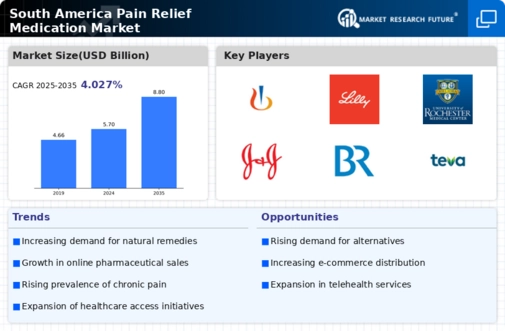
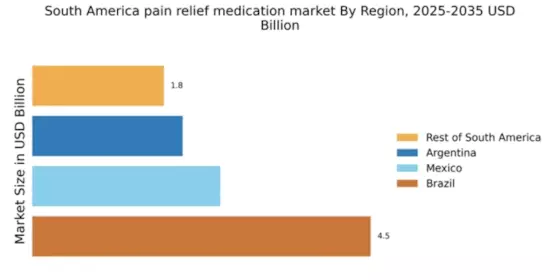
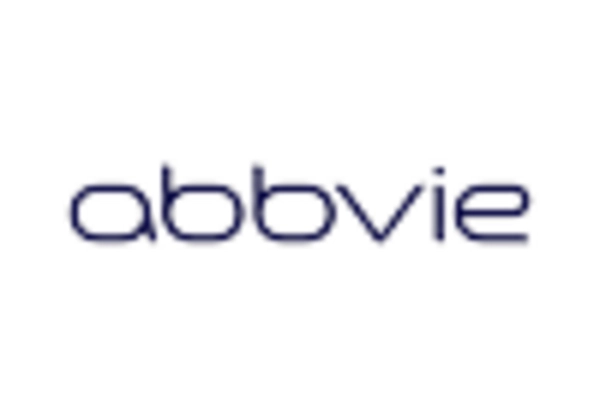

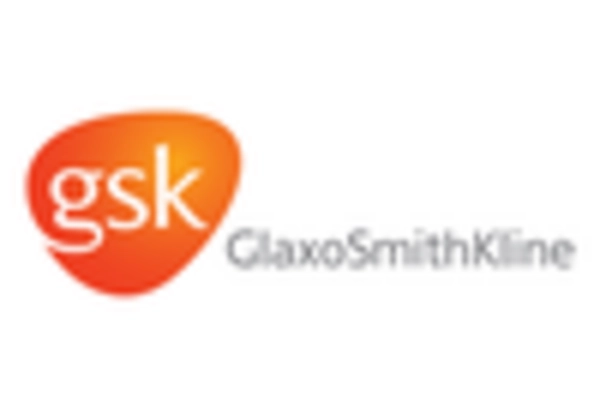
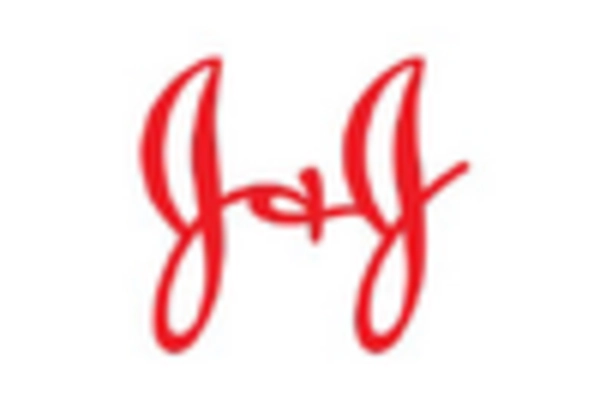
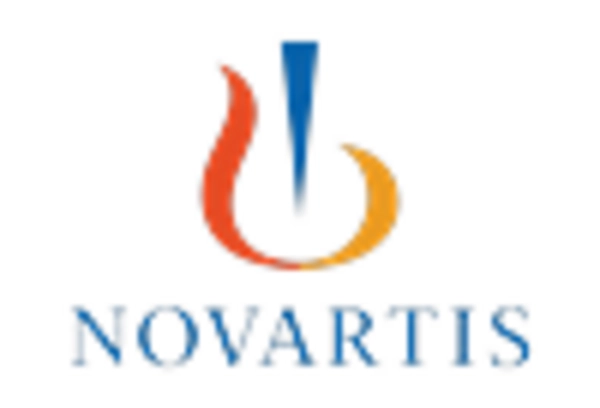
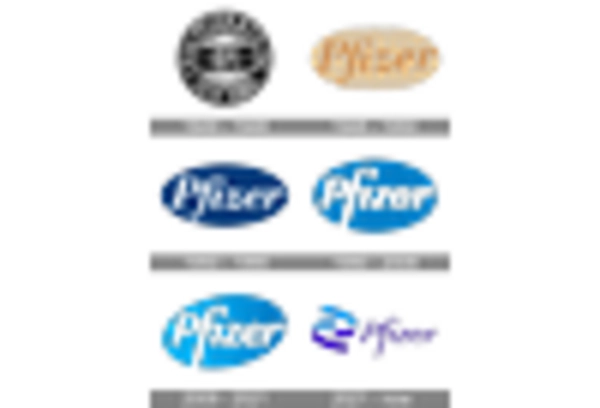








Leave a Comment